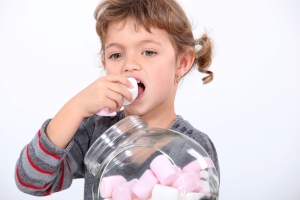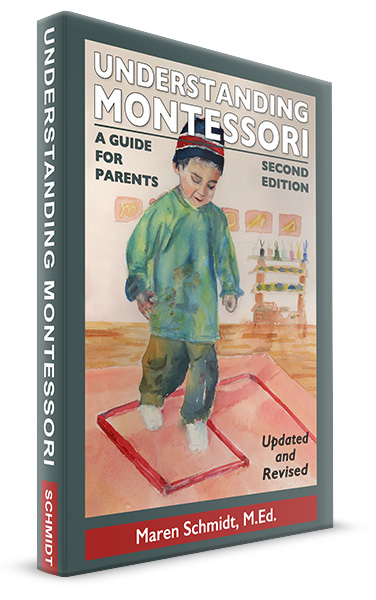
In the 1960’s, Walter Mischel conducted the now-famous “marshmallow study” at the Bing Nursery School at Stanford University. A researcher would let a four-year-old choose a treat from a tray and tell the child that he or she could eat the treat right away or wait until the researcher returned and have two.
About one-third of the four-year-olds could wait until the researcher returned 15 minutes later. Most of the children could wait for three minutes before popping the treat into their mouth.
The study has shown a high correlation between those children who could wait and better school outcomes, including scoring over 200 points higher on the SAT’s than the children who ate their marshmallows in less than 30 seconds.
The ability to choose behavior, in this case, choosing to wait for the second marshmallow to appear, is called self-regulation or self-control.
Self-regulation for children and adults demands a variety of skills. The child must trust the adults in the situation. I would guess that the children who could wait for the marshmallow also had adults in their lives who kept their word and earned the children’s trust.
Self-regulation requires that you feel safe. If you think that someone is going to come in and take your marshmallow while you wait, it makes sense to pop it into your mouth right away.
Self-regulation needs imagination and an ability to redirect focus. The child with self-control has to imagine something that is not there, in this case, the second marshmallow, and be able to think ahead. Children who resisted eating their marshmallow were able to redirect their attention on something other than the marshmallow. Researchers found that children who were taught to imagine that the marshmallow was a picture and visualize a frame around the marshmallow, were able to resist temptation longer than they had previously.
15 minutes of self-regulation at age four also involves experience and practice starting from a young age. A friend related watching her 15-month-old niece self-regulate at a family get-together. All the adults’ cell phones were on the coffee table, along with one of her niece’s toys. My friend watched her niece walk over to the table and start to reach for a cell phone. But as she extended her arm, her niece stopped, and a pensive look swept over the toddler’s face. Instead she picked up her toy and sat down to play. At 15 months, self-regulation was already at work.
Living in an environment that promotes trust and safety helps the child’s development of self-control.
Having positive experiences based on respect helps the child’s development of predicting a sequence of events.
Self-regulation is a foundational skill for success in all of life–physical wellness, emotional stability, positive social interaction and intellectual growth. Being able to control their thoughts and behavior gives our children a vital key for a life well lived.
Help create a place for our children to safely live with adult trust and respect so that they can imagine and redirect focus to wait and enjoy the second marshmallow for all their lives.


Dear Maren: What a great article you have written about the marshmallow principle. You have translated it into useful information for parents and students. I spoke about the principle at http://www.ted.com, just type don’t eat the marshmallow and my talk will come up. Your kids might enjoy watching it. I also wrote a book, Don’t Eat the Marshmallow Yet that became a best seller, selling over 2 million copies. You will probably enjoy quite a bit too. Keep up the good work. Joachim de Posada